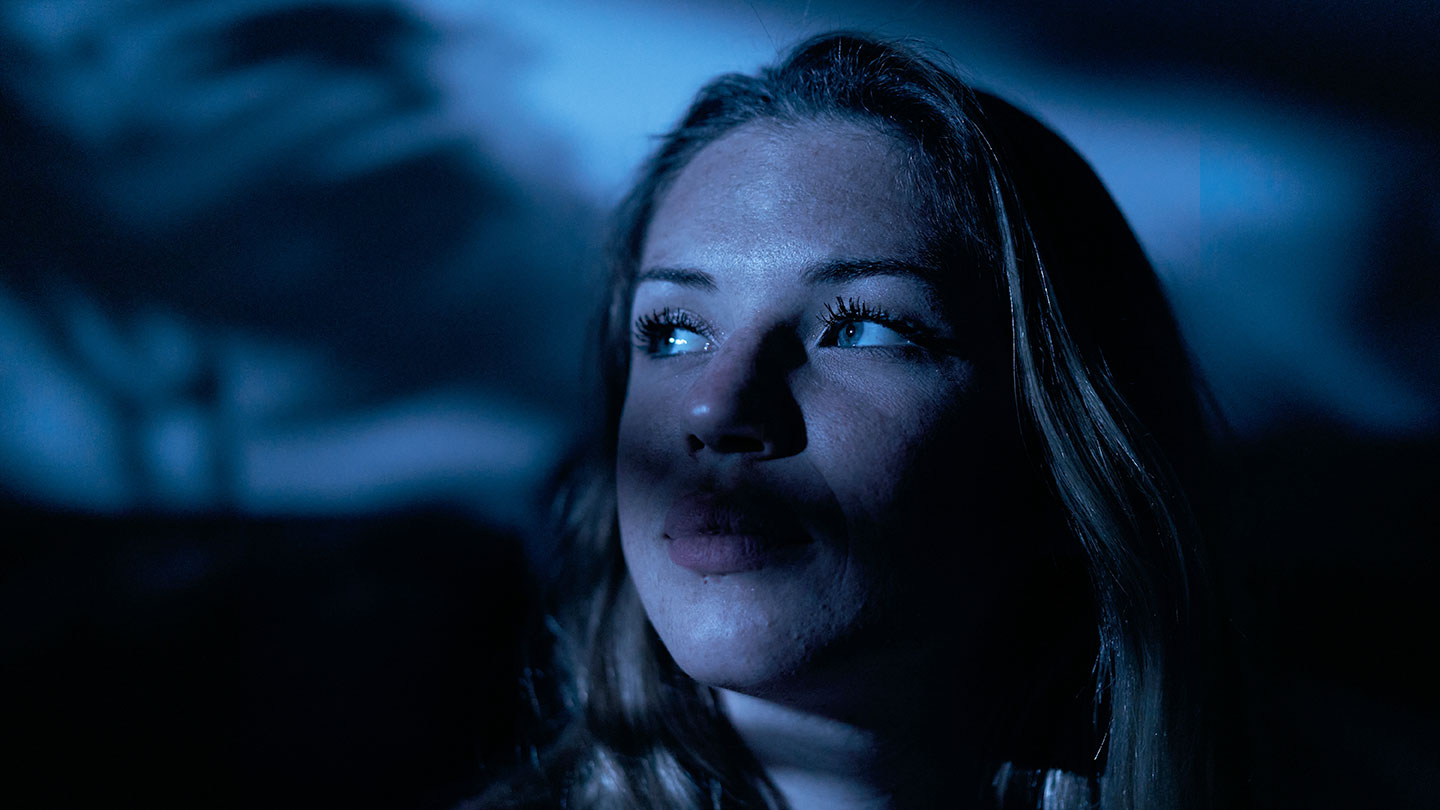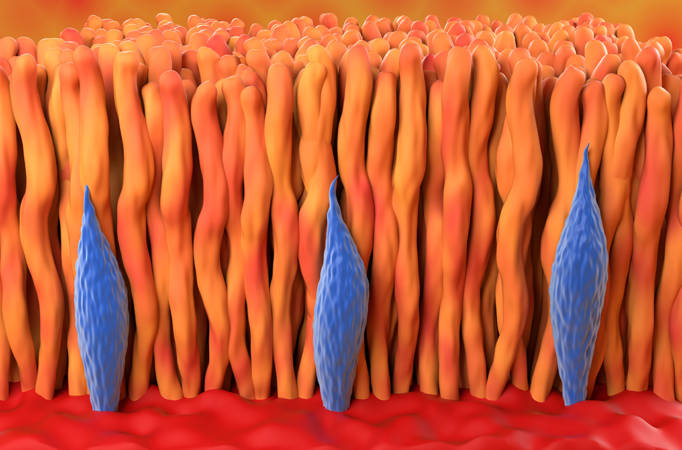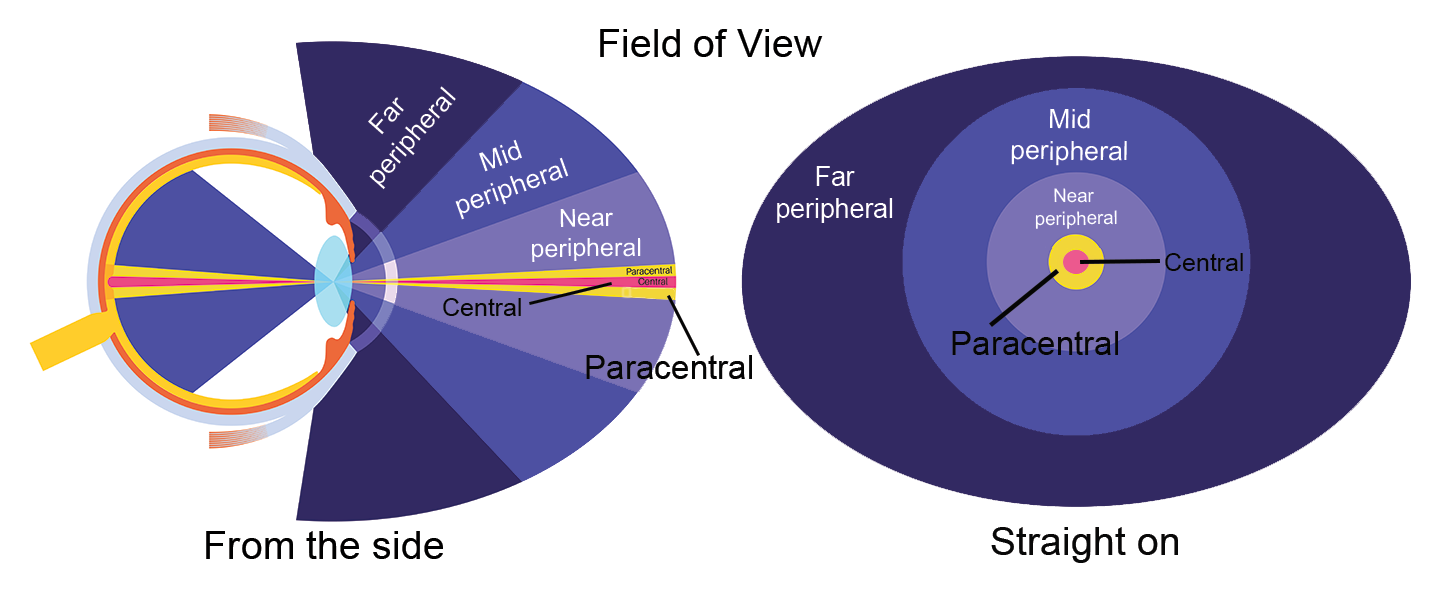Peripheral vision and what we can see in the dark
Where rods and cones sit in our retinas determines how we see color, motion and more

Our eyes can seem to play tricks on us in low light. It’s because of how they’re put together.
Carlos Barquero/Moment/Getty Images
You’re lying in bed at night, looking at the ceiling. Out of the corner of your eye, you catch sight of something — a shadow, or a dim light. When you shift your gaze to investigate, it’s gone. Maybe nothing, you think. But when you go back to looking up, it’s there again in your peripheral vision. Turn your head to look, and once more it vanishes.
No need to panic. You’re not imagining things. This vanishing effect is a result of how our eyes are built.
Our eyes have two types of light-sensing cells: rods and cones. They’re called photoreceptors because they respond to light. (“Photo” comes from the Greek word “phos,” which means light. So, when you see the prefix “photo,” it refers to light. Think photon or photosynthesis or photography.)

Rods and cones both line the retina, that inner surface at the back of the eye. But these light sensors are not distributed evenly. And they respond to light in different ways. It’s these differences between rods and cones that explains why objects seem to vanish in the dark.
Cones allow us to see color and fine detail. They’re tightly packed in the center region of the retina, called the fovea (FOH-vee-uh). When you look directly at an object, its image lands on the fovea. All those cones let us see the object in color and with lots of detail. But cones aren’t very sensitive to light. So they work well only in sunny or well-lit spaces. They work poorly in dim light.
This is where rods come in.
Rods make up the vast majority of light receptors in our eyes. They’re found around the edges of the retina, outside the fovea. Rods are very sensitive to light — maybe even able to detect a single photon. They allow us to see in dark bedrooms and outside at night. They’re also good at sensing movement, especially in our peripheral vision.
Peripheral vision
If someone walks into the room while you are reading this, you may notice them out of the corner of your eye. That’s your peripheral vision at work. It helps make you aware of what’s happening around you without having to turn your head. Images of things in your peripheral vision fall on parts of the retina covered with mostly rod cells.
Because those rods work well in low light, you can detect things on the periphery of your vision better when its dark. You can try this for yourself. In the dark, look just off to the side of an object. Then look right at it, and it seems to disappear. With no rods in your fovea, you can’t focus on things in the dark.
Remember that only cones — not rods — can see color. So why don’t things look gray in our peripheral vision? Our brain fills in the color. Here’s a way to see this for yourself.
Have a friend sit in a chair. Stand next to them, about a meter (three feet) away from one of their ears. Have your friend stare at a spot straight ahead. Pick up a colored marker, but don’t let them see the color. Hold the marker just in front of you at their eye level. (Don’t let them turn their head! They need to keep staring forward.) As you do this, they should be able to just see you in their peripheral vision. Ask if they can see the marker. If not, move it slightly forward until they first notice the marker in their peripheral vision.
Now ask them to identify the marker’s color. It’s likely they can’t. The marker is being detected by the non-color-sensitive rods on the periphery of their retina.
Take another small step in an arc forward and slightly toward your friend. Can they name the color now? Repeat the process until they can just detect the color. That’s where the color-sensitive cones in the middle of the retina can first spot the marker.

This structure of the retina — cones in the center and rods on the edges — makes a lot of sense from an evolutionary point of view. Movement can signal important information, such as danger. Your rods are good at spotting motion, even at the edges of your vision. On instinct, you turn to face the moving object. You’re asking your cone cells to help you see it in detail.
But this system works really well only in bright light.
What if the danger is at night? Many biologists believe this is one reason we evolved to be active during the day and sleep when it’s dark. Our eyes just aren’t adapted for life in the dark.
So if you spot something out of the corner of your eye in the dark, it will disappear when you look at it. But you’re not seeing things that aren’t there. It just means there’s not enough light for your cones. It also means it’s probably time to close your eyes and get some Zzz’s.








